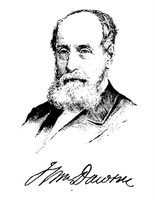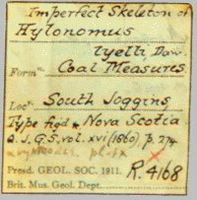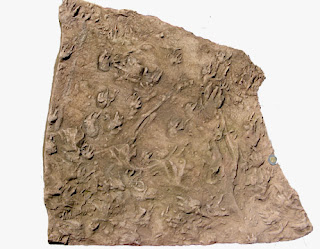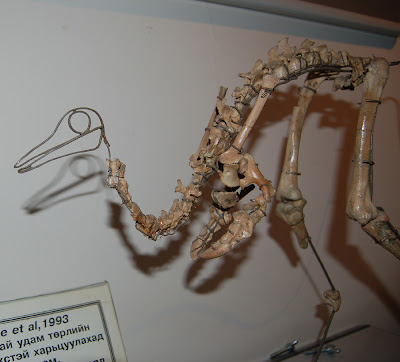Ukha Tolgod

Once the remote locality that producued
Mononykus and other new dinosaur taxa, Ukha Tolgod is now just one more stop on the tour of the Gobi. Just how productive it is can be evidenced by all the poached quarries in this tiny bit of outcrop.

Phil and crew check out the bits picked up during our hour or so stop. Since it's an AMNH research locality we just looked around but did not collect anything - the poachers had got all the significant material anyways.

Just some of the various types of eggshell seen at the site.

One of the lizards I haven't checked to id yet.

Julia poses at the site of "Big Mama", the oviraptorid + nest.
Aleg Teg

Aleg Teg has been the site of an on-going project to collect and describe new
Pinacosaurus material. The locality was worked by the Russians back in the 70's and numerous other crews have been through over the years.
We were more than devastated this year to see that poachers had come and trashed the grid areas that we had excavated last year. On the plus side, we had removed most of the material from these areas so they probably did not get much. We were disheartened enough to abandon our work there for this year.
The tell-tale signs of poaching: empty water and cyanoacrylite bottles, white cotton gloves, and cigarate packages.

We salvaged what we could from the site and moved on....
Hongorin Els (The 'Singing Sands' Dunes)

Jumping out of sequence a bit, here are some photos from the end of trip en route back to the Three Camel Lodge via the Hongrin els dunes. This is a lunch break spot, chosen because of the bushes around that provided a spot for a bathroom break - very important on the overwise flat, barren gobi!

Victoria and Miriam celebrate our arrival at the pass through the dunes.

The soothing sands comfort Nick's head - still recovering from the previous night's wrap-up 'happening'.
Our very own "What, Me Worry" student, Miriam, shows off the bedding planes in the dunes. The Hongorin Els dunes (over 100 km long and probably visible from space) are feed by the erosion of a 10000+ year old dune system on the opposite side of the pass. (Yes, I know els=dunes)



















































